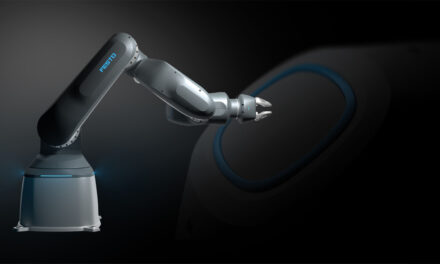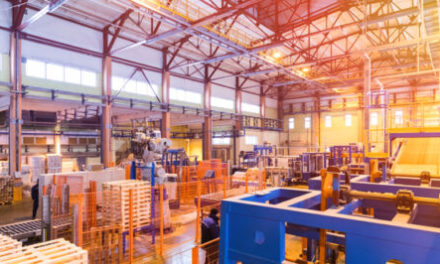By Keiron Holyome, VP UKI & Emerging Markets, BlackBerry
You’ve done all you can to fine-tune your factory floor by maximising its dependability and its efficiency. Perhaps you’ve even taken steps toward Industry 4.0, a revolution defined by data- and internet-connected technologies that drive performance optimisation and cost savings. It requires a delicate mix of the “new” integrated with your legacy devices, protocols & infrastructure.
But how do you protect this mix against a surge of cyber-based attacks targeting operational technology (OT) environments? An infected USB, compromised laptop, or a demilitarized zone (DMZ) misconfiguration – whether malicious or non-malicious – can expose your facility, bringing your model of efficiency to a crashing halt. Now, more than ever, cyber risk equals business risk.
During 2020, there was a 2,000% rise in incidents targeting OT and industrial control systems. The 2022 IBM Security X-Force Threat Intelligence Index reported that manufacturing had become the world’s most attacked industry — outpacing finance and insurance for the first time in five years. Perhaps just as concerning, research by Make UK, the UK manufacturers’ organisation, and BlackBerry revealed that when confronted by successful cyberattacks, 65% of the UK’s manufacturers in the study experienced production stoppages.
“No business can afford to ignore this issue and failing to get this right could cost the manufacturing industry billions of pounds and put thousands of jobs at risk,” notes Stephen Phipson, CEO of Make UK.
“While cost remains the main barrier to companies installing proper cyber protection, the need to increase the use of the latest technology makes mounting a proper defence against cyberthreats essential.”
Findings from the joint report, Cybersecurity in UK Manufacturing, highlight the following top five concerns for achieving an operationally resilient organisation:
- Maintaining legacy IT (44.6%)
- Limited cybersecurity skills within the business (37.5%)
- Providing access to third parties for remote monitoring and maintenance (33%)
- Understanding IT security versus OT security (26.8%)
- No single tool or sensor can provide visibility into all threats (25%)
In answer to these pressing concerns, it’s time for industry management to bring in the “big guns” of preventative cybersecurity to protect against vulnerabilities from insider breaches, hacktivists, cybercriminals, and nation-state actors that target the industrial IoT. It’s time for the “self-defending” manufacturing floor.
Defining the idea of a self-defending factory floor requires some context. For starters, we know that far too many manufacturing environments are at least partially “un-patched” against known vulnerabilities and are therefore insecure and present soft targets for threat actors.
The antidote to this is a manufacturing floor that is equipped to detect and block the vast majority of cyberattacks before they can execute and disrupt your production. However, this must be done with lightweight security technology that will not interfere with other critical business systems, that works even on legacy equipment, and protects any air-gapped devices or systems that are rarely – if ever – connected.
This is why many manufacturers are now moving to cybersecurity powered by artificial intelligence (AI). It helps manufacturers maintain continuous operation, improves security, and delivers a proven ROI. Organisations with fully deployed cybersecurity AI report they experienced “a 74-day shorter breach lifecycle and saved an average of $3 million (USD) more than those without.” However, AI and machine-learning (ML) models used in cyberattack prevention products vary tremendously in their maturity and ease of use.
If you’re considering adding an AI-enabled cybersecurity solution to protect a production environment, such as your factory floor, here are some questions you may want to ask:
- Can the solution detect and prevent malicious attacks before they have a chance to deploy in the network — with no human intervention or internet connection required?
- Will the solution have a measurable performance impact on your operational technology?
- Does the vendor offer on-prem, hybrid and cloud-native deployment models? This affects whether the solution can enable modernisation efforts as your company evolves, without the need to “rip and replace.”
- How many legacy operating systems in your environment does the solution support?
- Does the solution require regular signature updates that might disrupt production?
The Make UK and BlackBerry study found that nearly one-third of IT leaders surveyed responded that “vulnerability to cyberattack (real or perceived) inhibits my company from investing in technological advances through interconnectivity.”
Whether your operational technology systems are air-gapped, connected, or somewhere in between, now is the time to reduce the risk of a cyberattack that can disrupt your production and competitive standing. It will free your organisation to fully embrace further digitalisation when the timing is right — and to do so securely.




